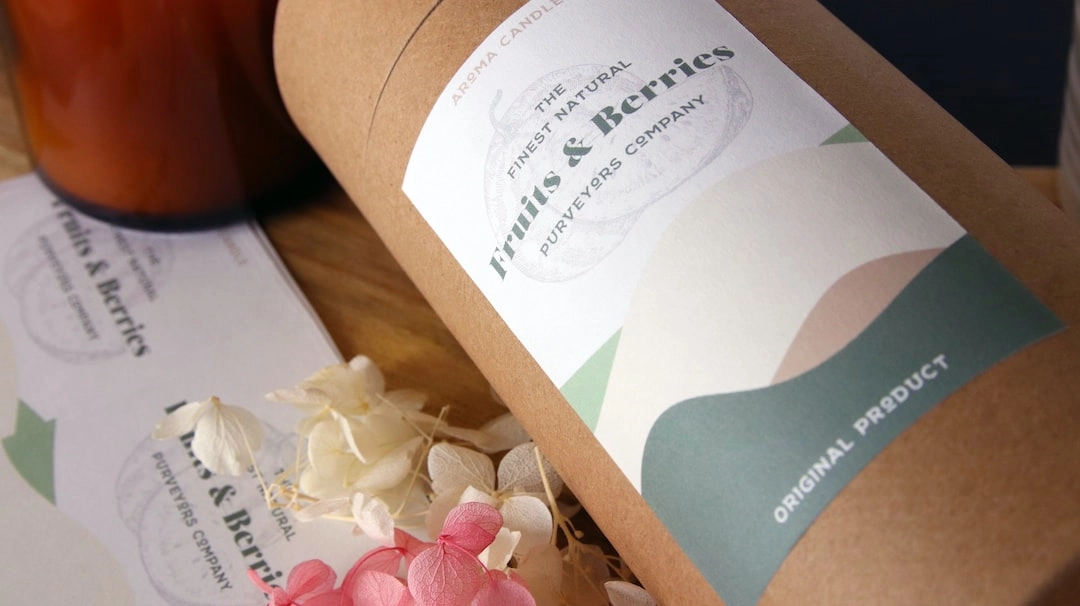Creating Sustainable Packaging for Artisanal Products: Addressing Environmental Concerns
What it is:
Sustainable packaging for artisanal products refers to the development and implementation of eco-friendly solutions that minimize the environmental impact of packaging materials and processes. It involves adopting alternative packaging materials, incorporating sustainable design practices, and considering the specific needs and challenges faced by small-scale producers.
Real-World Problems:
1. Environmental Impacts of Traditional Packaging Materials
Traditional packaging materials, such as plastic, often contribute to pollution and waste accumulation. These materials can take hundreds of years to decompose, contributing to landfills and marine pollution. Additionally, the production of these materials often involves the consumption of fossil fuels and emits greenhouse gases, further exacerbating climate change.
2. Lack of Sustainable Packaging Options for Artisanal Producers
Many small-scale producers, such as artisans and craftspeople, face challenges in finding suitable sustainable packaging options. The limited availability of eco-friendly packaging materials in small quantities and at affordable prices can hinder their efforts to adopt sustainable practices.
3. Consumer Demand for Eco-Friendly Packaging
Consumers are increasingly becoming more environmentally conscious and seeking products packaged in a sustainable manner. Artisanal products, with their unique and personal touch, often appeal to eco-minded consumers. Meeting this demand can provide a competitive edge and help build a positive brand image.
4. Balancing Functionality and Visual Appeal
Artisanal products often require packaging that not only protects the product but also enhances its overall presentation. Finding sustainable packaging solutions that maintain functionality, such as ensuring product safety and ease of use, while still being visually appealing can be a challenge.
Exploring Sustainable Packaging Materials and Design Strategies
In this section, we will explore various sustainable packaging materials and design strategies that can be suitable for artisanal products. These options help address the real-world problems mentioned earlier while keeping in mind the unique needs and challenges faced by small-scale producers.
1. Use of Recycled Materials
Using recycled materials, such as post-consumer waste or recycled paper, can significantly reduce the environmental impact of packaging. These materials can be repurposed into boxes, wraps, or inserts, offering a sustainable alternative to conventional packaging materials.
2. Sustainable Sourcing and Biodegradable Options
Sourcing packaging materials from sustainable and responsibly managed sources, such as FSC-certified paper or compostable materials, can help minimize environmental harm. Biodegradable packaging options, including plant-based plastics or bioplastics, offer an alternative to traditional non-biodegradable plastics.
3. Innovative Design Approaches
Innovative packaging design can further enhance sustainability. For example, designing modular packaging that can be reused or repurposed by customers after unpacking the product can reduce waste. Incorporating minimalist designs that use fewer materials while maintaining functionality can also be a sustainable approach.
Case Studies: Successful Implementation of Sustainable Artisanal Packaging
In this section, we will highlight real-life case studies that demonstrate successful implementation of sustainable packaging practices by artisanal producers, showcasing their innovative approaches and solutions.
Case Study 1: Artisanal Soap Packaging: Reducing Waste with Recycled Materials
Soapmaker X implemented sustainable packaging by utilizing recycled materials, such as cardboard and paper, for their soap boxes. Additionally, they sourced locally produced recycled paper for their inserts. The company’s commitment to sustainability not only reduced waste but also resonated with their eco-conscious customers, contributing to brand loyalty and positive word-of-mouth.
Case Study 2: Handcrafted Jewelry: Balancing Aesthetics and Environmental Impact
Jewelry designer Y successfully addressed the challenge of balancing visual appeal and sustainability by opting for recycled metal or ethically sourced materials for their packaging. They incorporated elegant and reusable boxes made from recycled paper, ensuring a minimal environmental impact without compromising on the luxury experience associated with their brand.

Solutions: Creating Sustainable Packaging for Artisanal Products
1. Environmental Impacts of Traditional Packaging Materials
• Shift towards using sustainable packaging materials that have lower environmental impacts.
• Prioritize materials with recycling capabilities or that are made from recycled content.
• Explore biodegradable and compostable options to reduce waste accumulation.
2. Lack of Sustainable Packaging Options for Artisanal Producers
• Advocate for increased availability and accessibility of sustainable packaging materials in smaller quantities.
• Collaborate with local producers and suppliers to source eco-friendly packaging at affordable prices.
3. Consumer Demand for Eco-Friendly Packaging
• Align with the growing market demand for sustainable packaging by incorporating eco-friendly materials and emphasizing their benefits in marketing efforts.
• Highlight the brand’s commitment to sustainability to attract environmentally conscious consumers.
4. Balancing Functionality and Visual Appeal
• Seek innovative packaging design approaches that prioritize functionality while reducing material waste.
• Consider modular packaging that can be repurposed or reused by customers, reducing post-purchase waste.
• Opt for minimalist designs that use fewer materials while maintaining aesthetic appeal.
Conclusion
Creating sustainable packaging for artisanal products involves a thoughtful approach that addresses environmental concerns and meets the unique needs of small-scale producers. By embracing sustainable materials, advocating for accessibility, and balancing functionality and visual appeal, artisanal businesses can find innovative solutions to reduce their environmental impact and cater to the demand for eco-friendly packaging. Through these efforts, they can contribute to a more sustainable future while enhancing their brand image and attracting environmentally conscious consumers.













